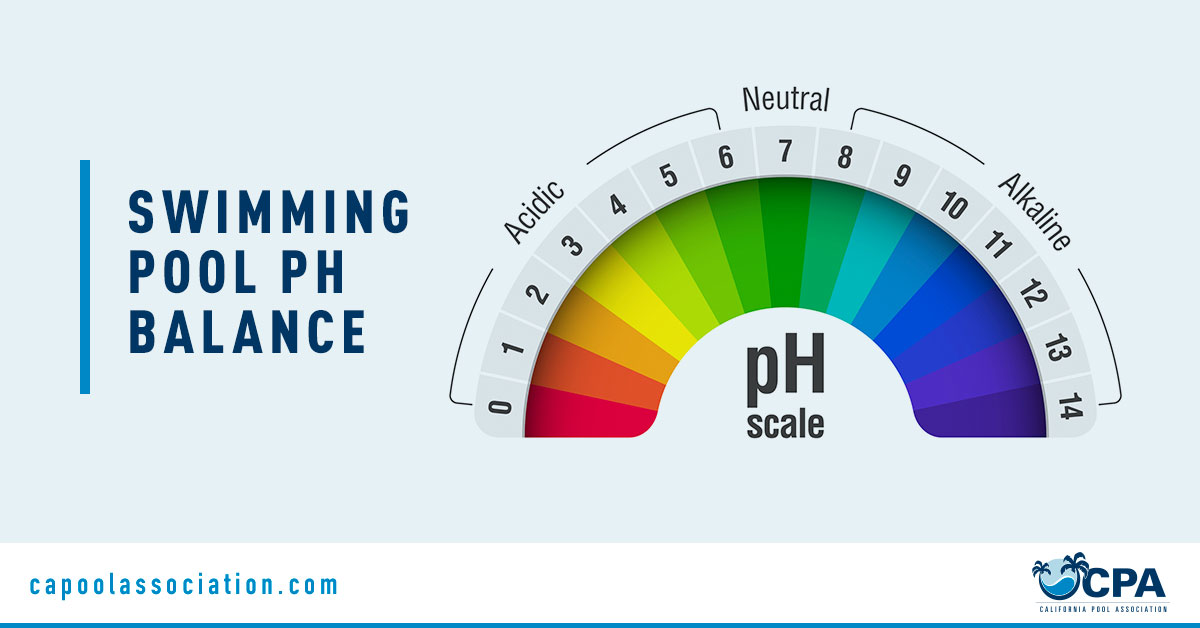Having a pool is a great way to relax and enjoy the summer months, but maintaining the water quality is essential for a safe and enjoyable swimming experience. One of the most critical aspects of pool maintenance is balancing the pH levels. pH is a measure of how acidic or basic the water is, and maintaining the correct pH level is crucial for keeping your pool clean and safe for swimmers.
The Importance of Balanced pH Levels
When it comes to pool water, pH is a critical factor that can affect both the pool itself and the people swimming in it. If the pH level is too high or too low, it can lead to a range of issues, including:
- Eye and skin irritation
- Corrosion of pool equipment
- Formation of scale and stains
- Reduced effectiveness of sanitizers
By maintaining the proper pH balance in your pool, you can ensure that the water is comfortable for swimmers, protect your pool equipment, and prevent costly damage in the long run.
Testing the pH Levels
The first step in balancing the pH levels in your pool is to test the water regularly. You can use a pool water testing kit to measure the pH level accurately. The ideal pH range for pool water is between 7.2 and 7.6. If the pH level is outside this range, you will need to take steps to adjust it.

Credit: capoolassociation.com
Adjusting pH Levels
If the pH level in your pool is too high (above 7.6), you can lower it by adding muriatic acid or sodium bisulfate. On the other hand, if the pH level is too low (below 7.2), you can raise it by adding soda ash or sodium bicarbonate. It’s essential to follow the manufacturer’s instructions carefully when adding these chemicals to your pool to avoid overcorrection.
Additional Tips for Balancing pH Levels
In addition to adjusting the pH levels using chemicals, there are some other steps you can take to help maintain balanced pH levels in your pool:
- Regularly clean your pool filters to ensure proper circulation and filtration.
- Monitor the water level and add fresh water as needed to dilute any imbalanced chemicals.
- Avoid adding chemicals directly to the skimmer as this can cause damage to the filtration system.
- Consider using a pH stabilizer to help prevent rapid fluctuations in pH levels.
Benefits of Balanced pH Levels
Ensuring that your pool has balanced pH levels offers a range of benefits, including:
- Preventing skin and eye irritation in swimmers.
- Extending the life of your pool equipment by reducing corrosion.
- Keeping your pool water clear and free of scale and stains.
- Enhancing the effectiveness of sanitizers, such as chlorine.
- Creating a more enjoyable and comfortable swimming experience for everyone.

Credit: lesliespool.com
Conclusion
Balancing the pH levels in your pool is a crucial part of pool maintenance that should not be overlooked. By regularly testing the water, adjusting the pH levels as needed, and following best practices for pool maintenance, you can ensure that your pool remains clean, safe, and enjoyable for all swimmers. Remember, a balanced pH level is the key to a well-maintained pool that you can enjoy all summer long!




